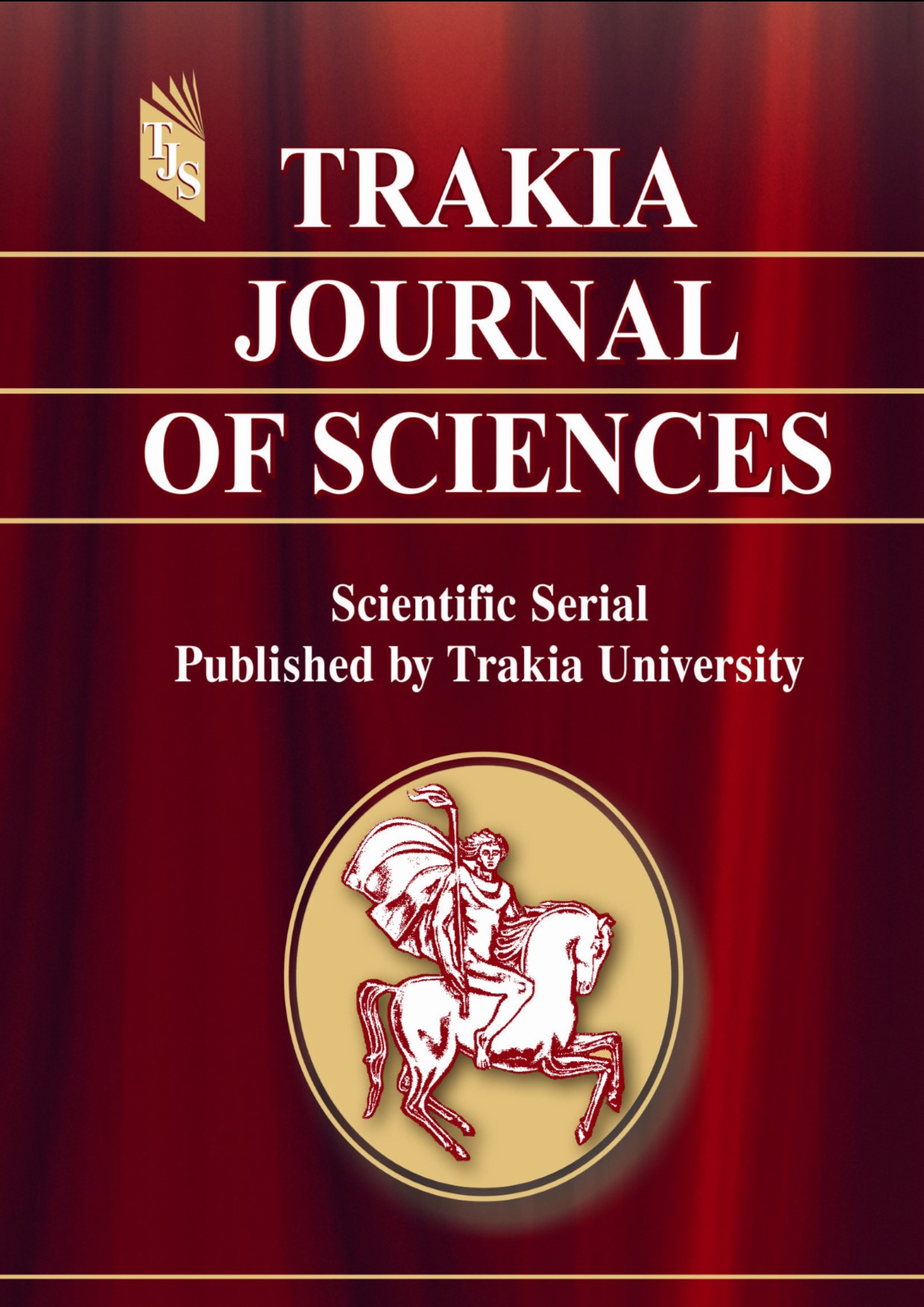ON THE ISSUE OF INTERCULTURAL COMMUNICATION AT SECONDARY SCHOOLS
DOI:
https://doi.org/10.15547/tjs.2025.s.02.009Keywords:
intercultural communication, civic culture, Bulgarian secondary educationAbstract
THE PURPOSE is to emphasize the opportunities for Bulgarian young people to participate in intercultural communication. THE METHODOLOGY used is part of an international study related to developing students’ civic culture in the process of education. Based on RESULTS from a survey of the opinions of students from the second stage of Bulgarian high schools, some specifics of intercultural communication at the secondary school level are analyzed, problems are highlighted, and solutions are sought. CONCLUSIONS are drawn about the need to take the necessary actions for the full participation of young people in the process of intercultural communication, to apply innovative approaches and activities in the context of sociocultural challenges.
References
Kotova, I. (Ed.), Integral Structures in the Study Content at Secondary School. Narodna Prosveta, Sofia, p. 78, 1990.
Samovar, L.A., R.E. Porter (Eds.), Intercultural Communication: A Reader (7th edition) Belmont, CA, Wadsworth Publishing, 1994.
Kramsch, C., The privilege of the intercultural speaker. In Byram M., Fleming M. (Eds.), Language learning in intercultural perspective: approaches through drama and ethnography. Cambridge University Press, Cambridge, pp. 16–31, 1999.
Byram, M., Teaching and assessing intercultural communicative competence: Revisited. Multilingual matters, pp 10–12, 1997.
Byram, M., Teaching and assessing intercultural communicative competence: Revisited. Multilingual matters. Second Edition, 2021.
Byram, M., Gribkova, B., Starkey, H., Developing the Intercultural Dimension in Language Teaching. A Practical Introduction for Teachers. Council of Europe, Strasbourg, p. 11, 2002.
Brislin, R., Understanding culture’s influence on behavior. Harcourt Brace Jovanovich, 1993.
Cushner, K., Brislin, R., Intercultural Interactions. A Practical Guide. Thousand Oaks, CA: Sage, p. 39, 1994.
Kramsch, C. Context and Culture in Language Teaching. Oxford University Press, New York, 1993.
Schwartz, S. H., A Repository of Schwartz Value Scales with Instructions and an Introduction. Online Readings in Psychology and Culture, 2(2). https://doi.org/10.9707/2307-0919.1173
OECD, PISA 2018 Results, Volume VI, Are Students Ready to Thrive in an Interconnected World?, PISA, Paris: OECD Publishing, 2020. Doi: 10.1787/d5f68679-en
Schulz, W., Ainley, J., Fraillon, J., Losito, B., Agrusti, G., Friedman, T., Becoming citizens in a changing world: IEA international civic and citizenship education study 2016 international report, Springer Nature, pp. 1-243, 2018. DOI: 10.1007/978-3-319-73963-2.

Downloads
Published
Issue
Section
License

This work is licensed under a Creative Commons Attribution-NonCommercial 4.0 International License.


